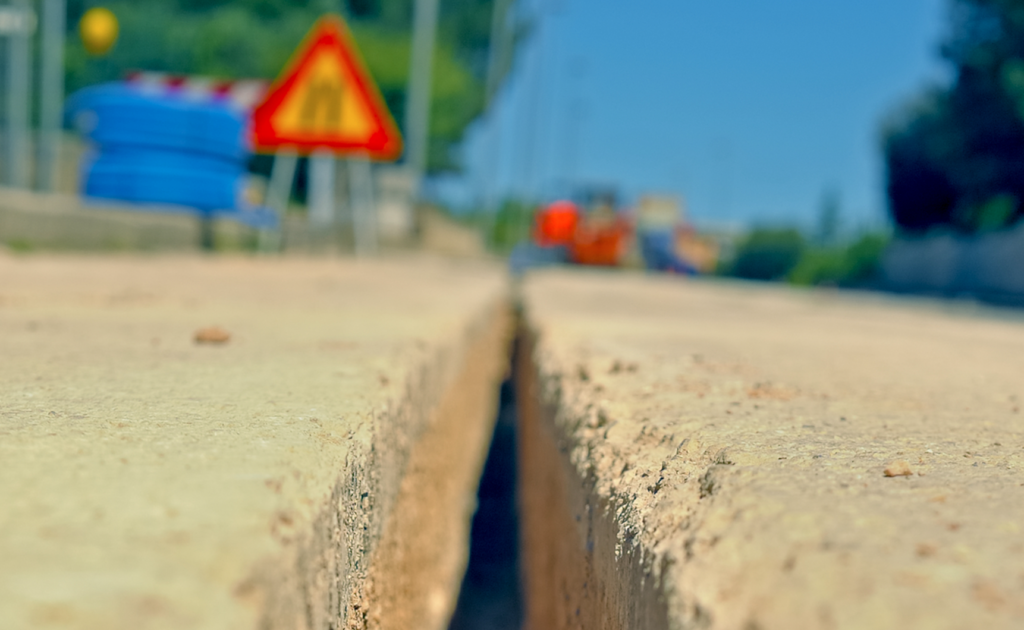Cities that allow broadband operators to install fibre optic cables in a microtrench can attract more companies and competition and expand broadband access more quickly and equitably, says a pioneering city in the field.
“Our council wanted the best connectivity and they wanted to make it as accessible as possible to our whole community,” explained Ian Linnsen, Assistant to the City Manager, Mesa, Arizona, in a recent webinar organised by the Local Infrastructure Hub.
“[Microtrenching] really came in when it started to become clear that we would have more companies operating in Mesa if we allowed for microtrenching, and that ultimately tipped the scales. Our council said that’s what we want.”
Microtrenching is a method of installing underground utilities that can be faster, more cost-effective, and less disruptive. With the US federal government funding US$65 billion for broadband deployment, focussing on increased access to underserved areas, many cities are looking to microtrenching.
Laid between 15cm to 30cm below the surface, fibre optic cables are placed into the trench, then applied with backfill with a sealant on top that fills in the trench and restores the road surface. It protects the equipment underneath from the elements and from vehicles on the surface. Utility assets, such as gas and water are typically 90cm or deeper.
Between 500 metres and 1 kilometre were able to be laid within one day in Mesa.

“It’s very non-intrusive and very quick,” added Linnsen. “Unless you’re there watching them, you really don’t even know that it’s happened.”
Until now, the experience has held up to Mesa’s expectations, including passing record high temperatures in Arizona during the last summer and colder nights in the winter without any issues.
As well as being faster than most other methods, microtrenching is the least likely method to strike another utility gas line, water line, or sewer line, and also creates the least amount of excavated material that has to be then handled or returned into the trench.
However, microtrenched utilities are also more vulnerable to damage from traffic loads, soil movement, and root intrusion. Some cities are still hesitant with the technology, particularly over the scarring of cement pavements, kerbs and gutters, restricting it solely to asphalt.
Elsa Tibbits, Interim Division Director at the Seattle Department of Transportation said: “We’re trying to figure out how to accommodate [the technology] but also maintain our assets by reducing the cutting at such shallow depth so we can keep our pavement condition index up.”
Recommendations when microtrenching:
- Go as deep as 30cm
- Keep to asphalt surfaces
- Coordinate with the community
- Mitigate any potential “hits” with utility lines by using microchip and tracer wires
- Provide special training for sub-contractors
- Avoid bike lanes
- Video conditions after installation and six months to a year later to monitor any deterioration.
